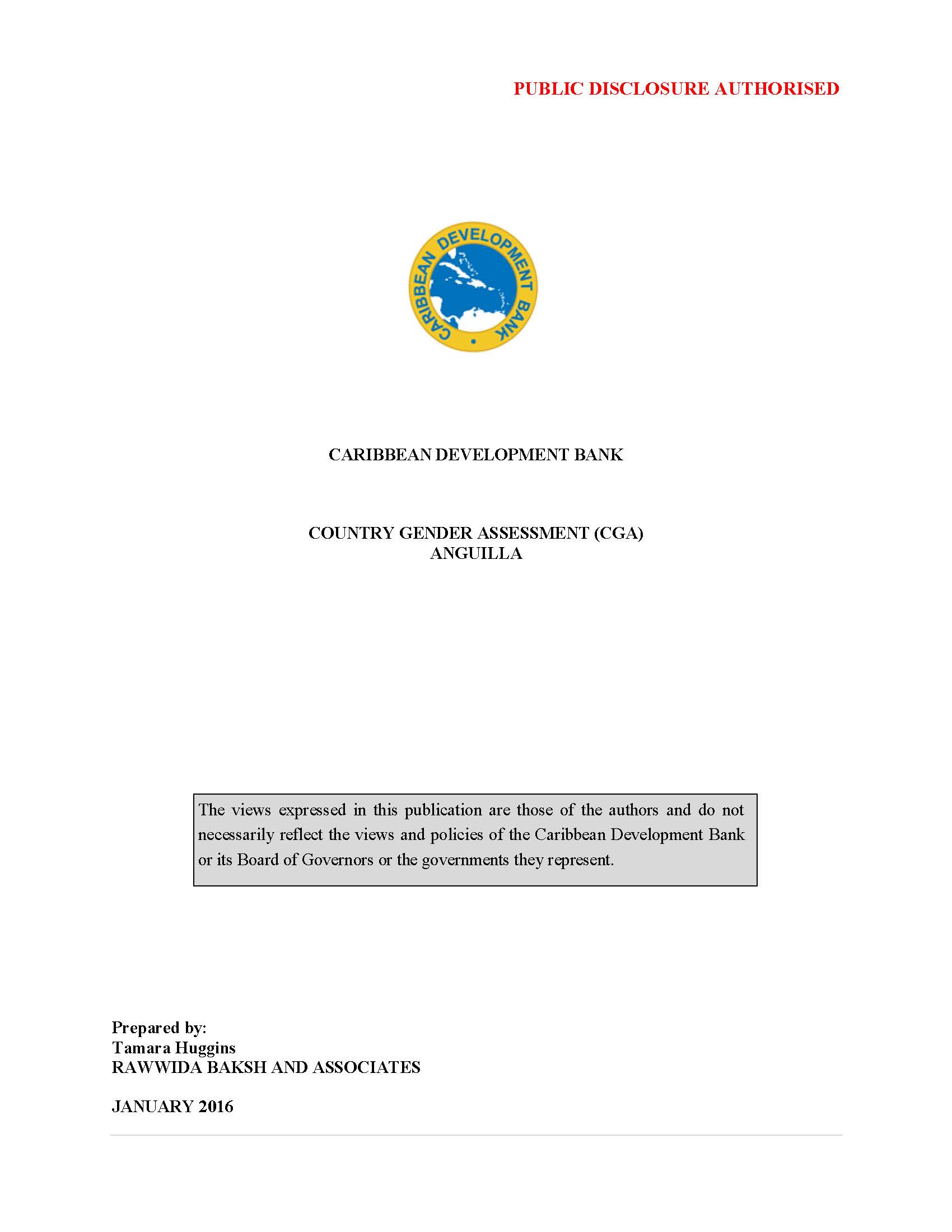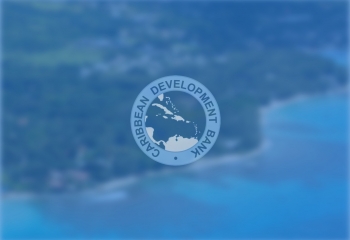
Gender inequality is widely considered a cross-cutting issue and an important site of analysis of social, cultural, economic and political life, and is critical to understanding the economic and social factors driving Anguilla’s economic growth, poverty reduction and sustainable development.
The CGA indicates that the population’s vulnerability to poverty has increased, particularly following the 2008 global economic crisis. The increase in public assistance transfers, from 0.8% of GDP in 2007 to 1.6% of GDP in 2009, reveals increasing demands for public assistance, with women-headed households/ single parents being the principal beneficiaries of these initiatives. The CGA recommends that gender-responsive social assistance and safety net support for the country’s lowest income earners, direct budgetary allocations to unemployed persons, and temporary employment opportunities within the public sector will alleviate the strain of large-scale unemployment, particularly for the most vulnerable women.
Despite the programmatic direction to address feminised insecurities in Anguillan society, the CGA notes persisting cultural norms and values reinforcing male-favoured leadership, the safeguarding of patriarchal systems and structures, and the conformation to traditional gender identities. There is evidence, however, that this ideology is being disrupted at the highest political levels. Three women were elected in the 22 April 2015 elections, the first time in history that Anguilla had three elected female officials. Advancing equal participation among women and men in political and economic leadership roles has important impacts on the decision-making processes that affect the lives of all citizens. The CGA recommends the provision of support to: continue to strengthen women’s capacity to participate in politics, leadership and decision-making; promote change in political party structures; and advance gender sensitisation at the highest political levels, to ensure that the recent gains made by women are maintained.
Acknowledgements
List of Tables
List of Diagrams
Acronyms and Abbreviations
Part I
Part II
Part III
References

